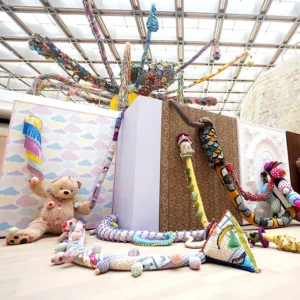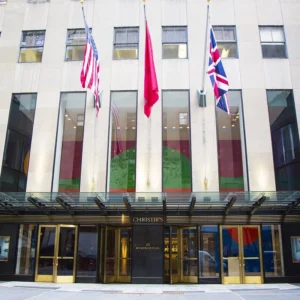Greta Gerwig’s film embraces a kitschy mix of domesticity and glamour, akin to the influence Barbie has had on contemporary art.
From Martine Gutierrez’s thought-provoking exploration of women’s bodies to Jeff Koons’ s monumental Seated Ballerina, Barbie’s image appears in various works that explore femininity, consumerism, and American culture in the 21st century. Notably, Andy Warhol’s famous painting stands out among these works. As Barbie fever continues to grip the world, numerous other works have resurfaced in popular consciousness. Read more
Gerwig’s cinematic aesthetic draws inspiration from the artistic and cultural mood of our times, evoking the Pop Surrealist worlds of artist Mark Ryden. The film’s kitschy atmosphere is influenced by Ryden’s Barbie collaborations with Mattel, like the insect-inspired Barbie Bee.
Beau Dunn, Catrine Val, and Laurie Simmons use the doll to critique beauty trends and societal expectations. By showcasing Barbie’s evolving styles over time, they ignite broader conversations about visualizing “the perfect woman.”
Sylvie Fleury employs everyday objects, such as makeup compacts, to critique capitalist ideas of femininity. Fleury’s oversized pastel pink compact, Bye Bye Dark Circles (Nude), challenges the pursuit of perfection and material goods.
Without a doubt, color plays the most significant role, with Barbie’s characteristic pink shade symbolizing hyperfemininity. James Turrell and Sadie Barnette are among the artists who skillfully immerse viewers in this hue, creating installations and sculptures. Artist Stuart Semple creates his own “Barbiest” pink color as a critique of the legal sway Mattel has over Pantone 219.
Featured Image: Sylvie Fleury, Installation view of Eye Shadows at Salon 94 (2017). Source: Salon 94





